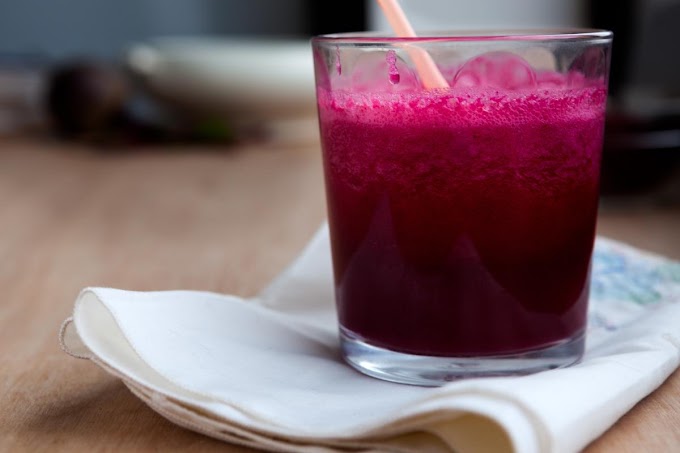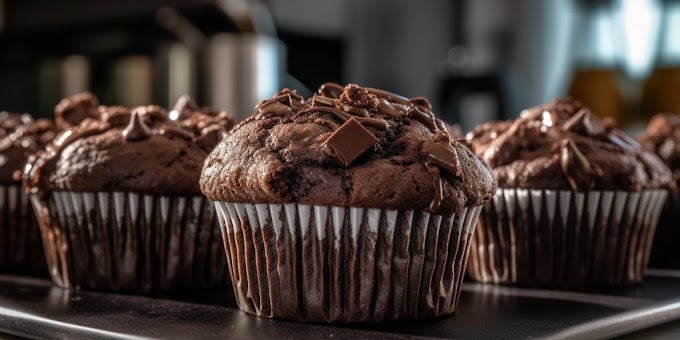Heart disease is a leading cause of health problems worldwide, and managing it requires a multifaceted approach, with diet playing a crucial role. For those living with heart conditions or those looking to prevent them, adopting a heart-healthy diet is essential. This article provides a daily food recipe that is not only heart-friendly but also delicious and easy to prepare.
Understanding Heart-Healthy Nutrition
Before diving into the recipe, it's important to understand what makes a meal heart-healthy. A diet that supports heart health should be:
Low in Saturated Fats and Trans Fats: These fats can raise LDL cholesterol levels, increasing the risk of heart disease.
Rich in Omega-3 Fatty Acids: Omega-3s help reduce inflammation and lower the risk of arrhythmias.
High in Fiber: Fiber helps reduce cholesterol levels and supports overall heart health.
Low in Sodium: Excessive sodium can lead to high blood pressure, a major risk factor for heart disease.
Packed with Fruits and Vegetables: These provide essential vitamins, minerals, and antioxidants that protect the heart.
The Daily Heart-Healthy Recipe: Grilled Salmon with Quinoa and Steamed Vegetables
Ingredients:
For the Salmon:
4 oz. salmon fillet
1 tbsp olive oil
1 tbsp lemon juice
1 garlic clove, minced
1 tsp fresh dill, chopped
A pinch of salt (optional)
Freshly ground black pepper to taste
For the Quinoa:
1/2 cup quinoa
1 cup low-sodium vegetable broth
1 tbsp chopped fresh parsley
1 tbsp chopped fresh cilantro
1/2 tsp lemon zest
A pinch of salt (optional)
For the Vegetables:
1 cup broccoli florets
1/2 cup carrot slices
1/2 cup green beans
1 tbsp olive oil
A pinch of salt (optional)
Freshly ground black pepper to taste
1 tbsp lemon juice
Instructions:
1. Preparing the Salmon:
Preheat your grill to medium-high heat.
In a small bowl, mix the olive oil, lemon juice, minced garlic, and dill.
Place the salmon fillet on a plate and brush both sides with the olive oil mixture.
Season with a pinch of salt (if using) and freshly ground black pepper.
Grill the salmon for about 4-5 minutes on each side, or until the fish flakes easily with a fork.
Once done, remove the salmon from the grill and set aside.
2. Cooking the Quinoa:
Rinse the quinoa under cold water to remove any bitterness.
In a medium saucepan, bring the low-sodium vegetable broth to a boil.
Add the quinoa, reduce the heat to low, cover, and simmer for about 15 minutes, or until the liquid is absorbed.
Reeve the saucepan from heat and let it sit for 5 minutes.
Fluff the quinoa with a fork and stir in the chopped parsley, cilantro, lemon zest, and a pinch of salt (if using).
3. Steaming the Vegetables:
Fill a medium-sized pot with about an inch of water and bring it to a boil.
Place the broccoli, carrots, and green beans in a steamer basket and set it over the boiling water.
Cover the pot and steam the vegetables for about 5-7 minutes, or until they are tender but still crisp.
Remove the vegetables from the steamer and toss them with olive oil, lemon juice, salt (if using), and freshly ground black pepper.
4. Plating the Dish:
Start by placing a generous serving of quinoa on your plate.
Add the steamed vegetables alongside the quinoa.
Place the grilled salmon fillet on top of the quinoa.
For an extra burst of flavor, drizzle a little more lemon juice over the entire dish.
Nutritional Benefits:
Salmon: Rich in omega-3 fatty acids, salmon is a top choice for heart health. Omega-3s help reduce inflammation, lower blood pressure, and decrease the risk of heart disease.
Quinoa: This whole grain is high in fiber, which helps reduce cholesterol levels. Quinoa is also a good source of protein and contains all nine essential amino acids.
Broccoli, Carrots, and Green Beans: These vegetables are packed with vitamins, minerals, and antioxidants that support heart health. They are low in calories and high in fiber, making them excellent for weight management, which is crucial for heart patients.
Tips for a Heart-Healthy Lifestyle
While the above recipe is a great start, maintaining heart health involves more than just one meal. Here are some additional tips to incorporate into your daily routine:
Limit Red Meat and Processed Foods: Red meat can be high in saturated fats, and processed foods often contain high levels of sodium and unhealthy fats. opt for lean protein sources like fish, poultry, and plant-based proteins.
Choose Whole Grains: Whole grains like quinoa, brown rice, oats, and whole wheat are rich in fiber, which helps lower cholesterol levels. They are also more filling, which can help with weight management.
Incorporate More Fruits and Vegetables: Aim to fill half your plate with fruits and vegetables. They provide essential nutrients and antioxidants that protect your heart.
Reduce Sodium Intake: Too much sodium can lead to high blood pressure. Use herbs, spices, and lemon juice to flavor your food instead of relying on salt.
Stay Hydrated: Drinking plenty of water supports overall health and can help manage weight, which is important for heart health.
Exercise Regularly: Along with a heart-healthy diet, regular physical activity is essential for maintaining a healthy heart. Aim for at least 30 minutes of moderate exercise most days of the week.
Manage Stress: Chronic stress can negatively impact heart health. Practice stress-reducing techniques like deep breathing, meditation, or yoga.
Conclusion
Eating for heart health doesn't mean you have to sacrifice flavor or enjoyment. The grilled salmon with quinoa and steamed vegetables recipe is not only delicious but also packed with nutrients that support heart health. By understanding the principles of a heart-healthy diet and incorporating meals like this into your daily routine, you can take significant steps toward managing and improving your heart health. Remember, small changes in your diet and lifestyle can lead to big improvements in your overall well-being.








Social Plugin